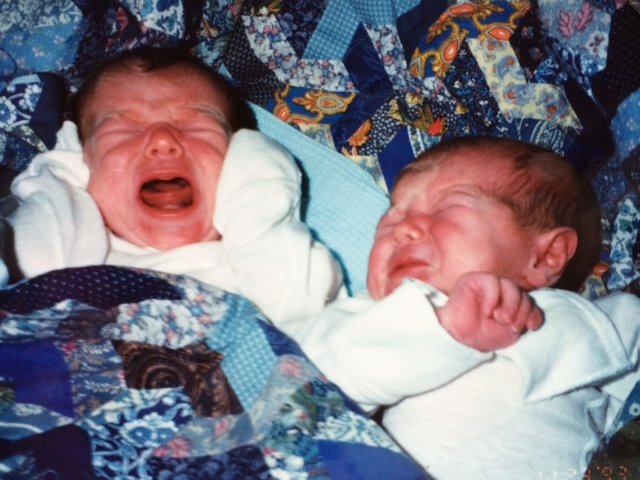i'm applying to kindergarten with a "bad" lottery number
/By Joyce Szuflita
This is something that middle and high school parents have had to address this year. It is in the wind and kindergarten parents have begun to ask. The “random number” aka lottery number has always been with us. It has just never been revealed by the DoE. This year, the DoE revealed the “number” to older kids and if you ask them, they will tell you too. It doesn’t predict your fate, but it does give you a little insight that may help you manage expectations.
You certainly don’t need to do this, but if you want, you can write to the DoE and request your random number. (2023: The DoE is now putting the random number in your MYSCHOOLS profile when you begin the process to apply for K.) It is a hexadecimal 32 digit list of letters and numbers that kinda looks like your computer’s serial code. The only characters that matter are the first two. The sequence goes from 0-9 and a-f. The “best” number is 00. The “worst” is ff. If you care to know, it is all explained here, including a chart that has estimated what % of people have a higher number than you.
SUPER IMPORTANT: Don’t freak out about your number. It is only used as a tie breaker. I am telling you this to inform you - not to make you scared or crazy. The number is not a very big deal in kindergarten admissions compared to it greater significance at the upper grades. Each time you apply for schools; for K, 6th grade and 9th grade, you get a different number. Each time you are on a wait-list, you get a different number.
IT IS NOT THE ORDER IN WHICH YOUR APPLICATION IS CONSIDERED. DON’T JUMP TO CONCLUSIONS! It is a tie breaker whenever there are candidates of equal priority. For example: all zoned families have the same priority for their zoned school, but they are ordered according to their random number within that group. Are there enough seats in your zoned schools for everyone? Yes. Then it is of no consequence that your number is high or low.
The way you are placed in kindergarten is through a matching algorithm commonly referred to as “the Medical School Match”. It is a sorting process. It was designed by two guys who won the Nobel Prize in Economics in 2012. It is NOT a lottery as many parents refer to it (that is lazy misunderstanding). It is MATCH between factors, with the random numbers being a small part. The first factor is your list of up to 12 programs RANKED IN TRUE PREFERENCE ORDER. This is your only power, use it wisely. The other factors are the admission criteria for the various programs you are applying to. The admissions priority is what is really important.
Priority for Zoned Schools:
1. in-zone siblings
2. in-zone families without sibs
3. out-of-zone sibs
4. kids attending prek that don’t have a higher priority
5. out-of-zone in-district other people
6. out-of-zone out-of-district other people
etc.
The people in each of these groups are equal. How close you live to the schools DOES NOT MATTER. Within that group, you are ordered by your random number. It is a tie breaker.
Priority for Un-Zoned Schools (like BNS or Arts&Letters/305 United for example)
1. siblings
2. prek-kids
3. people in district
4. people out of district
(it is a little more complicated than that, but you can only understand so much from this blog)
The people in each of these groups is equal. Within that group, you are ordered by your random number. It is a tie breaker.
G&T (District programs - Citywide is still a bit of a wild card)
1. siblings who have been nominated
2. kids in district who have been nominated
3. kids out of district who have been nominated
The people in each of these groups is equal. Within that group, you are ordered by your random number. It is a tie breaker.
You get the idea?
There is lots to unpack about this process. You need to go to Dana’s talks. She can explain it to you very clearly!



